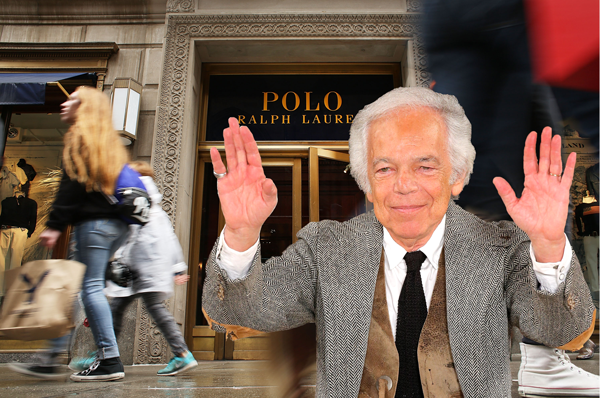As storefronts across Manhattan continue to go dark, there was a nearly 25 percent increase in the number of available spaces at the end of March than there had been three months earlier.
The increase in availability should continue to put further downward pressure on asking rents, which have been in decline since early 2014 following a period of unprecedented growth when prices nearly doubled in the span of just two years, according to CBRE’s first-quarter market report.
Manhattan’s average asking rent fell 2.7 percent to $850 per square foot during the first quarter of 2017, down from $874 per square foot during the same time last year. Asking rents declined in 12 of the 16 corridors the real estate services firm tracks, with Fifth Avenue between 42nd and 49th streets showing the largest drop at just over 17 percent.
The Consumer Confidence Index climbed from 116.1 in February to 125.6 in March, and New York City’s annual retail sales – exclusive of online retail sales – climbed 2.1 percent to $134.2 billion. Still, online retailing continues to compete with brick-and-mortar stores, and the market is still reckoning with the consequences of its rapid growth.
“Retailers are also confronting the consequences of over-expansion, often at historically high rents,” CBRE’s report read. “These phenomena are compounded in New York City by the negative impact of the rising dollar on spending by foreign tourists, a trend that has hit the luxury market especially hard.”
Fashion giant Ralph Lauren earlier this month announced it would close its 39,000-square-foot Polo store at 711 Fifth Avenue.
Fifth Avenue between 49th and 60th streets, where Ralph Lauren continues to pay $70,000 a day in rent for the shuttered space, had an availability rate of 17.4 percent, according to Cushman and Wakefield’s first-quarter report. The stretch of Fifth Avenue just to the south between 42nd and 49th streets had the highest availability rate at 32.8 percent.
And while Ralph Lauren made the recent headlines, Manhattan has seen the number of chain stores decrease for about two years now. The borough saw a net loss of 24 chain stores last year to a total of 2,715, according to the Center for an Urban Future’s annual “State of the Chains” report. That was the second consecutive year that the number of chain stores in Manhattan decreased by about 1 percent, while the number of chains across the five boroughs climbed 1.2 percent last year.
There was a 1.2 increase in the number of chain stores that opened in the city in 2016. Manhattan saw a .9 percent decrease from 2,739 in 2015 to 2,715 last year. Similar decrease the year before.
Subway, Manhattan’s fourth-largest chain, closed a net total of 15 stores in the borough last year, while T-Mobile and McDonald’s also closed a number of stores.
(To view a ranking of the most valuable Manhattan retail leases of 2016, click here)
